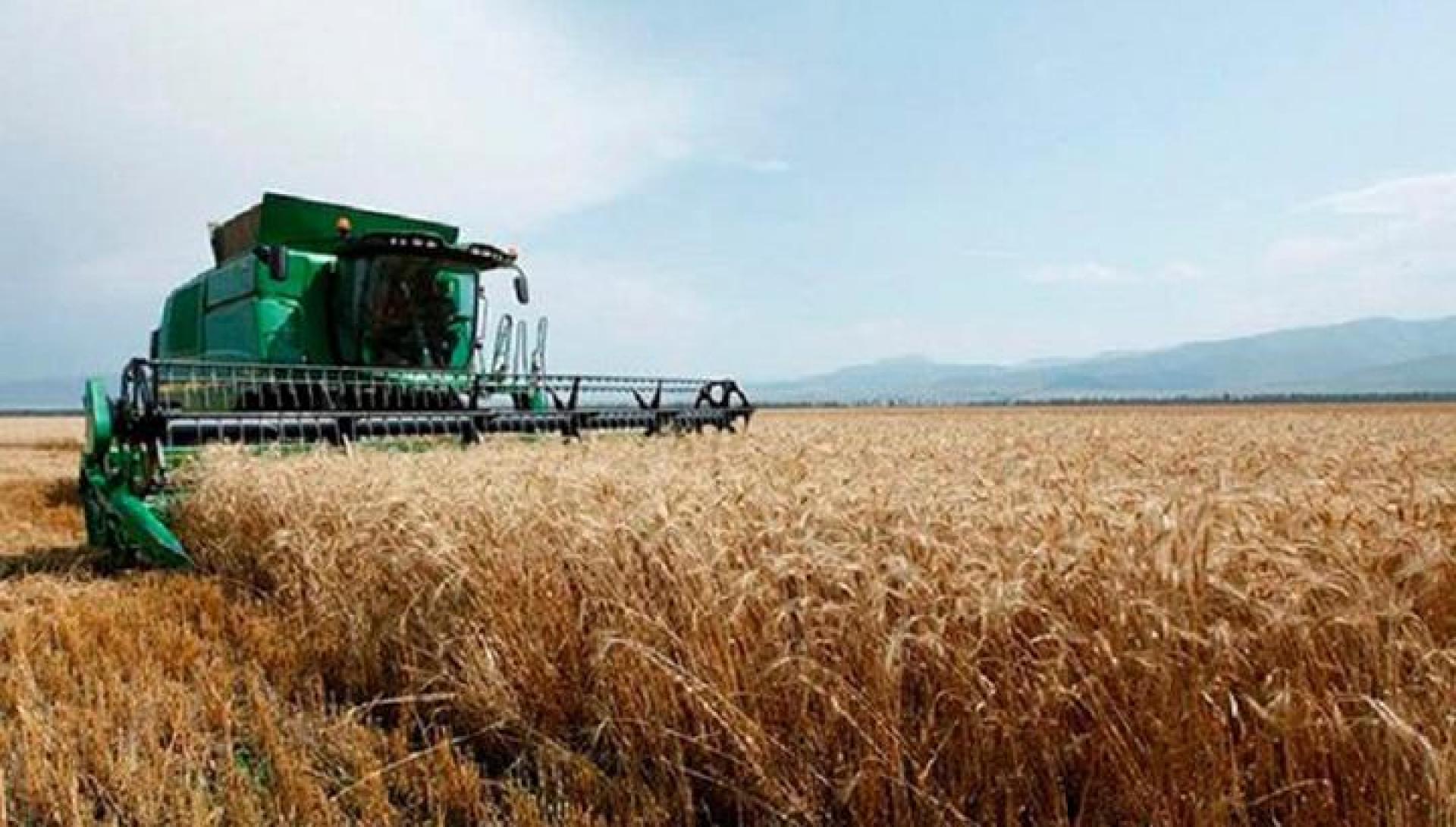Unintended economic hit: how Armenia will suffer because of war in Ukraine
Armenia and sanctions against Russia
In 2022, Armenia expected to completely overcome the negative consequences of the coronavirus pandemic and achieve economic growth of at least 5% more than last year. This was indicated by the initial forecasts of both the government and international financial organizations. However, the war in Ukraine and the rebounding sanctions against Russia changed everything.
Authoritative international financial institutions and rating agencies are revising the initial forecasts for the growth of the world’s economies. In Armenia, they have already dropped sharply.
- Opinion: Armenia is stuck between the West and Russia
- Gas price increase – a blow to Armenia’s weakened economy
- Influx of Russians in Armenia: why do they come and will they stay?
What Yerevan can count on now
The Fitch rating agency was the first to sharply reduce the forecast for the growth of the Armenian economy, replacing the initially indicated 5.3% by 1.3%. Here is how the organization explained its conclusion:
“Constraints related to the conflict in Ukraine and sanctions on Russia have forced us to drastically revise our economic growth forecast for 2022 downwards as export growth (especially to Russia) has stalled and remittances (hence household consumption) decline”.
At the same time, Fitch analysts predict that in 2023 the growth of the Armenian economy will reach 4.2%. The agency also cites some statistical data that directly indicate a certain dependence of Armenia on the economic situation in Russia. Thus, as of 2021, Russia accounted for 28% of exports of goods, 37% of imports and 40% of tourist visits, foreign direct investment and remittances to Armenia.
Following Fitch, the forecast for Armenia was also revised by the International Monetary Fund.
“Although there is considerable uncertainty about the extent of the impact of the ongoing processes on Armenia, since the situation is still developing, according to our preliminary assessment, in 2022 the economy of the republic will still show some growth. But this growth will be about 1.5%, which is much lower than previously expected”.
Earlier, the IMF predicted growth of 5.25% this year.
However, not only international financial and analytical structures are confident in the vulnerability of the Armenian economy due to sanctions against Russia. The Central Bank of Armenia also revised the initially announced figures. Amid the ongoing events in Ukraine, the Central Bank lowered its forecast from 5.3% to 1.6%, in addition, it once again increased the key rate to curb inflation. It has already reached 9.25%.
Export amid low ruble exchange rate
The Armenian economy, despite a fairly good internal diversification, in terms of foreign markets is mainly tied to Russia. The northern neighbor accounts for almost a third of Armenia’s exports, and this figure has not decreased over the years. It is noteworthy that the Armenian business exports to Russia not the products of the mining industry, as is the case with China, but the entire spectrum of the manufacturing industry – including canned food, light industry products, as well as alcoholic and non-alcoholic beverages.
To make the difference clearer, it should be taken into account that the same copper, which is the first in the list of export goods of Armenia, is traded on the basis of exchange prices, which have recently hit historical highs.
As for consumer goods, any fluctuation in the exchange rate of the ruble affects the competitiveness of Armenian goods in Russian stores, since payments for these goods are made in dollars. For example, juice produced in Armenia, which cost 2 dollars (150 rubles at the exchange rate before the war) before the war, after the outbreak of hostilities became much more expensive in Russia (it happened that one dollar cost 120 rubles).
“A 10% devaluation of the Russian ruble means that in one day Armenian goods on the shelves of Russian stores will rise in price by 10%. This, in turn, leads to the loss of certain markets or to a reduction in sales volumes. If in the past years we had more than 20% growth in exports from Armenia to Russia, this year it will be difficult to ensure the same dynamics”, said Armen Ktoyan, head of the Department of Statistics at the Yerevan University of Economics.
Thus, Armenian goods become less competitive in Russia, which cannot but affect the volume of deliveries. And this means lower volumes for local producers, who will find it extremely difficult to redirect excess volumes to other markets. In 2021, exports from Armenia to Russia in monetary terms achieved a record – $842 million, which is 24.5% more than in 2020.
Armenia
Georgia
Azerbaijan
What else will be affected by the low exchange rate of the ruble
Unfortunately, Armenia continues to be dependent on remittances from Russia. Transfer flows have declined in recent years, including after the Crimean events – and so did the number of migrant workers who annually leave for seasonal work. However, the total amount of almost one billion dollars, which is exactly how much money was transferred from Russia to Armenia last year, is still an important point for the Armenian economy.
“Until 2014, we received at least $1.5 billion annually from Russia. Since 2015, this figure has dropped sharply. For the period from 2015 to 2021, individuals transferred to Armenia about one billion dollars in total”, says Armen Ktoyan.
The depreciation of the ruble will affect this indicator not only in terms of exchange rate differences. This fact makes the departure of thousands of migrants to Russia useless. If earlier they earned approximately 60,000 rubles a month, of which they sent at least 50,000 rubles home, now it is difficult to imagine that they will be able to earn more. And the low exchange rate of the ruble makes this amount insignificant even by the standards of Armenian salaries.
The ruble exchange rate is now at the stage of perturbation, that is, it is affected by any positive or negative news. But in the medium term, it is difficult to imagine that the Russian currency will return even to the levels of mid-February 2022. Therefore, some of the Armenian migrant workers will give up the idea of going to Russia, while others will send less money home, which will directly affect the purchasing power of thousands of families.
- Armenia responds to events in Ukraine: comments of political scientists and politicians
- ‘Armenia is a free country, unlike Russia’: rallies in Yerevan amid Russia-Ukraine war
- Moscow might withdraw troops from Karabakh amid crisis – Armenian experts on anti-Russian sanctions
Factors which influence Armenian economy
Many factors will indirectly influence the indicators of the Armenian economy. Among the main ones is the deterioration of the socio-economic situation in Russia. Simply put, because of the sanctions, the Russians will have less money, and therefore they will spend less. This will also hit Armenian goods in Russian stores.
Another important factor is investment. Russia is also the leader here in terms of direct investment. In the coming years, the Armenian government announced the implementation of a number of major projects with the participation of Russian capital, including a new nuclear power plant and a copper processing plant. It is unlikely that Russian business will be able or willing to make multibillion-dollar investments in the face of the current and upcoming powerful pressure.
The main question (on which, in fact, the volume of losses for the Armenian economy now depends) is how long the Ukrainian crisis will last. The United States, the European Union and partners are introducing new sanctions against Russia, which are aimed, among other things, at certain industries. All this affects Armenia in one way or another.
“This is a more acute situation than the one in 2014 [Crimean events and the war in Donbass – JAMnews]. Of course, all this will lead to negative consequences in terms of economic prospects and the ruble exchange rate. However, in the long term, after the conflict is resolved, this shock will be offset to a certain extent”, notes economist Vilen Khachatryan.
Positive news for the Armenian economy
The crisis in Ukraine and its consequences in general will have significant negative consequences for the Armenian economy. However, sanctions against Russia have led to the departure of thousands of young Russian professionals. A significant part of them came to Armenia. There are no official figures yet, but all the hotels in Yerevan have been booked out for several weeks now, it is difficult to rent an apartment.
Entire companies are moving to Armenia. The Ministry of Economy spread a message that during the three weeks of hostilities in Ukraine, about 250 new firms opened in Armenia and about 900 people became private entrepreneurs. The lion’s share of new enterprises falls on the field of information technology.
This is still regarded as a positive factor, since IT in Armenia is a developed area with an annual growth of 20-30%. At the same time, experts constantly talk about the lack of quality personnel within the country and the need for five to six times more labor than is now available.
In any case, the Armenian economy and business will have to work in new conditions. Significant damage is expected in the short and medium term, which will clearly affect the percentage of economic growth. In the long term, Yerevan will need to diversify its export markets and wisely accept expatriate Russian capital.
























